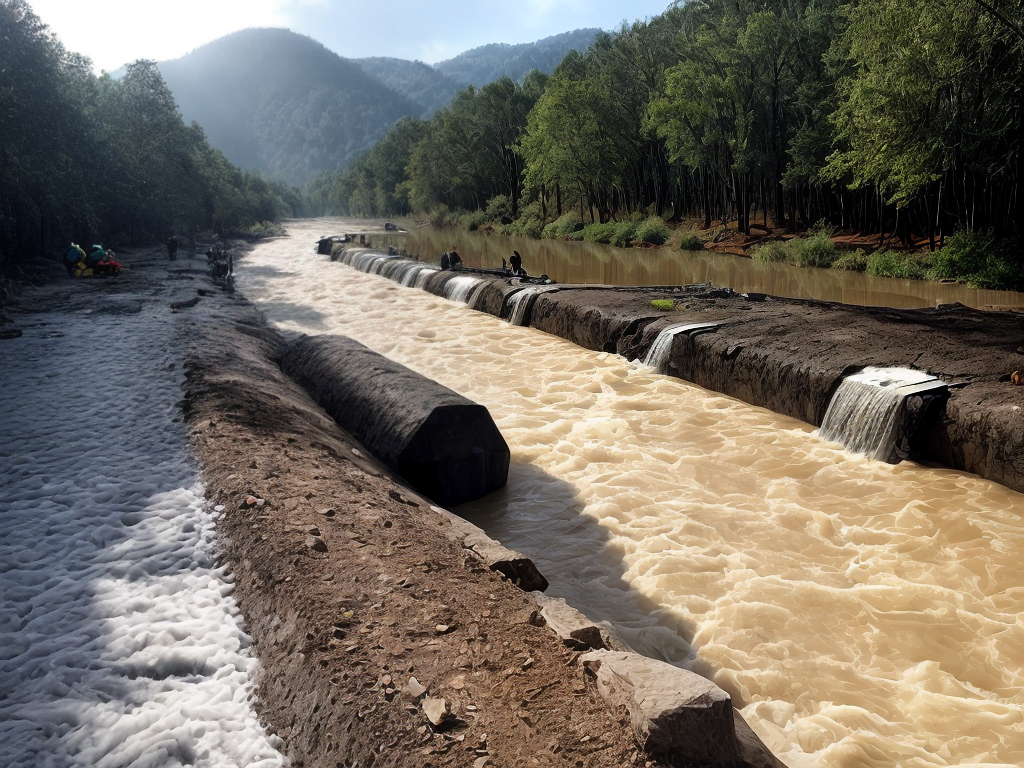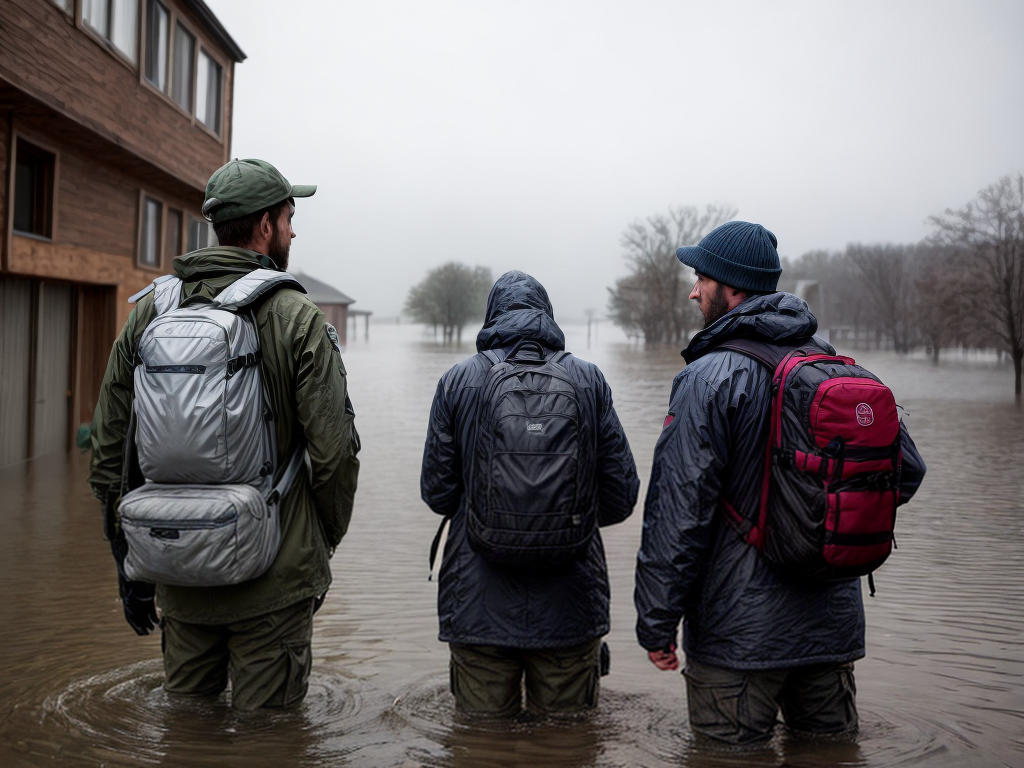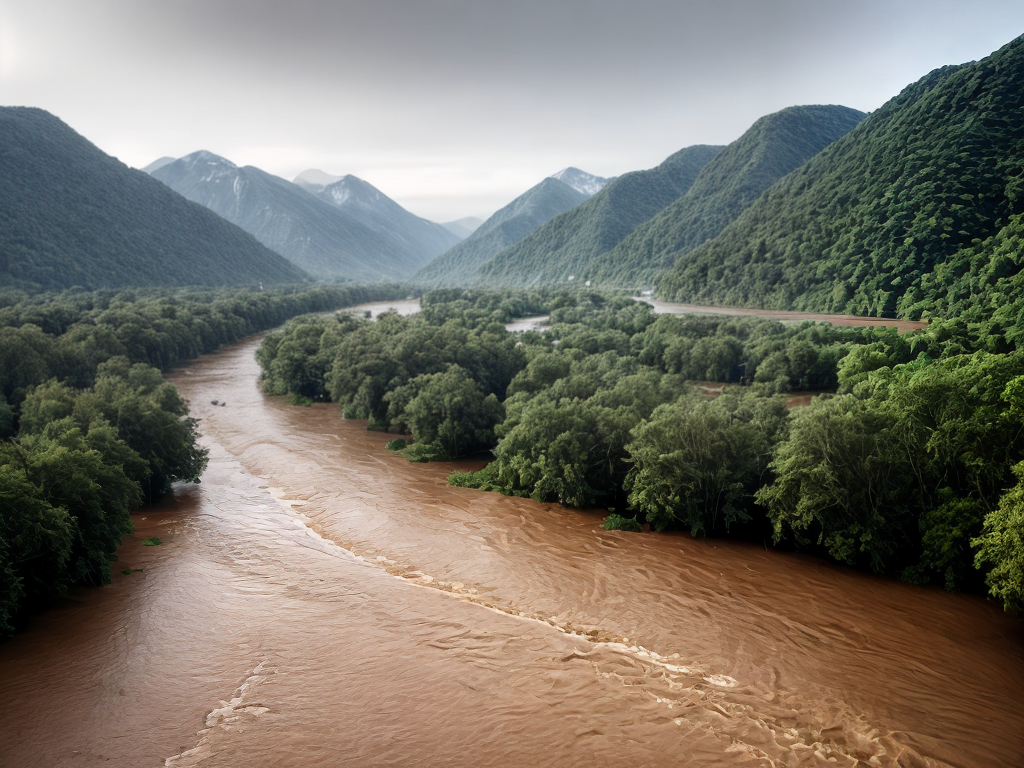In recent years, the frequency and intensity of floods have increased significantly, posing significant challenges to communities worldwide. As a result, the need for effective flood management strategies has become more crucial than ever. Fortunately, advancements in hydrological modeling have provided us with valuable tools to better understand and predict floods, enabling us to take proactive measures to mitigate their impact. In this article, we delve into the realm of cutting-edge hydrological models and explore how they can revolutionize flood management.
Understanding Hydrological Models
Hydrological models are computer-based simulations that replicate the behavior of water systems within a specific geographic area. These models utilize various data inputs, such as rainfall, topography, soil characteristics, and land use, to simulate the movement of water through the hydrological cycle. By analyzing these simulations, we can gain insights into how floods occur, their magnitude, and their potential impact on surrounding areas.
Traditional Hydrological Models
Traditional hydrological models have been the backbone of flood management for decades. These models rely on simplifications and assumptions to represent the complex interactions between various hydrological processes. However, their accuracy is often limited due to the inherent uncertainties associated with such simplified representations. Consequently, the effectiveness of traditional models in predicting floods and guiding management decisions is somewhat constrained.
The Emergence of Cutting-Edge Hydrological Models
Advancements in technology and the availability of high-resolution data have paved the way for the development of cutting-edge hydrological models. These models leverage advanced algorithms, machine learning techniques, and improved data assimilation methods to enhance their predictive capabilities. By incorporating a multitude of variables and accounting for complex interactions, these models can generate more accurate and reliable flood forecasts.
The Role of Machine Learning in Hydrological Modeling
Machine learning has emerged as a powerful tool in hydrological modeling, revolutionizing the way we analyze and interpret data. By training models on vast datasets, machine learning algorithms can identify patterns and relationships that may not be apparent to human analysts. This allows us to uncover hidden insights and improve the accuracy of flood predictions.
High-Resolution Data and Remote Sensing
The availability of high-resolution data, coupled with advancements in remote sensing technologies, has significantly contributed to the improvement of hydrological models. Remote sensing allows us to gather detailed information about the Earth’s surface, such as topography, vegetation cover, and soil moisture, which are crucial inputs for accurate flood simulations. By integrating remote sensing data into hydrological models, we can achieve a higher level of precision in flood forecasting.
Incorporating Uncertainty and Risk Assessment
One of the key challenges in flood management is dealing with uncertainty. Cutting-edge hydrological models address this challenge by incorporating uncertainty analysis and risk assessment methodologies. By quantifying the uncertainties associated with various input parameters and model outputs, decision-makers can make informed choices and develop robust flood management strategies.
Conclusion
From data to action, cutting-edge hydrological models offer immense potential in revolutionizing flood management practices. By leveraging advanced algorithms, machine learning, high-resolution data, and risk assessment techniques, these models provide us with a deeper understanding of flood dynamics and enable us to take proactive measures to mitigate their impact. As we continue to refine and improve these models, we move closer to a future where effective flood management becomes a reality. Let us embrace these technological advancements and work together to build resilient communities that are better equipped to face the challenges of the present and the future.















